
Shipping contributes approximately 3% of global emissions. The emissions stem from burning diesel and heavy fuel oil to power the generators that enable ships to sail. It is estimated that for each metric tonne of fossil fuel burned by ships, approximately 3.114 metric tonnes of CO2 equivalent (mtCO2e) are emitted into the atmosphere.
Effective January 1, 2024, the European Union Emissions Trading Scheme (EU-ETS) was extended to include the shipping industry. The EU-ETS is a cornerstone of the EU’s policy to combat climate change, and it is a key method by which the EU intends to cost-effectively reduce greenhouse gas emissions. It is the world’s first major carbon market and continues to be the largest.
The EU-ETS is a cap-and-trade system in which the amount of carbon that is permitted to be emitted in the period is fixed or capped. This cap on carbon is translated into emissions allowances or permits known as European Union Allowances. Each EUA allows the holder to emit one tonne of carbon into the atmosphere. At end of the relevant period, companies are required to surrender or return allowances equal to their emissions – failing which severe financial penalties are imposed. The price of EUAs is therefore the price of carbon to be paid by the eligible entity, and this is currently around US$85.67/mtCO2e.
The EU-ETS for shipping is being implemented in phases, with emitters being required to surrender allowances for only 40% of the cost of emissions generated in 2024; increasing to 70% in 2025 and reaching 100% from 2026 onward. It is also important to note that for sailing between an EU port and a non-EU port, allowances are required for only 50% of the emissions.
To illustrate this, for every metric tonne of fossil fuel burned today in sailing between an EU and a non-EU port, the carbon tax payable is estimated at 0.5 x 0.4 x 3.114mt x US$85.67 = US$53.35. And if a shipping line burns 5,000 tonnes of diesel sailing one-way between Rotterdam and Tema, the carbon tax payable for that transit translates to some US$270,000.
Implications for Africa
Africans paying an EU tax
Once it was announced that the EU-ETS would be extended to the shipping industry, it came as no surprise that shipping lines began to announce the introduction of Emissions Surcharges – effectively passing on the cost of emissions to users of their shipping services. Maersk Line, for example, has advised customers to expect Emissions Surcharges of around €152 per FEU (dry) on shipments from Europe to West Africa and €87 per FEU (dry) on exports from West Africa to Europe.
To put this in context, the Ghana Ports and Harbours Authority reports that some 1.2 million TEUs were handled through the port of Tema in 2022. Assuming the same level of trade in 2024, the imposition of this carbon tax will extract some Ninety-one million Euros (€91,000,000) from Ghanaian importers alone per year. This figure doesn’t even include the potential surcharges to be applied to Ghana’s bulk export cargoes of bauxite, cocoa, etc.
One of the fundamental principles of pollution management is the ‘polluter pays’ principle; the generally accepted practice that those who create pollution should be made to pay for the cost of managing the pollution to prevent or reduce the damage to human health or the environment. This principle is applied in the management of climate change by requiring emitters of greenhouse gases (GHGs) to pay a carbon tax to force them to ‘internalise’ the cost of their pollution. The EU-ETS’ imposition of a carbon tax on the shipping industry is intended to force shipping companies that call at EU ports to bear the cost of their pollution, and incentivise the industry to reduce greenhouse emissions in maritime transport.
So, the question is this: Is the polluter the cargo interest or the transportation provider? The transportation provider makes the decision as to which ships to deploy on any route and, as is often the case in the African context, the shipping lines deploy their older fleet to African ports while deploying their newer greener vessels to Asia and other regions. Again, it is the shipping lines – not the Ghanaian importer, that exercise full decision-making power over how fast their decarbonisation will be.
Furthermore, in the case of African countries whose contribution to GHGs is collectively about 2-3% of global emissions, is the application of this carbon tax on routes between Africa and Europe just?
And if the intention behind the tax is to discourage fossil fuels in the shipping industry, and yet – thanks to price inelastic freight rates in Africa – the incidence of the tax falls squarely on the African importer, where is the transportation provider’s incentive to decarbonise? There is a tendency for the resultant higher freight rates to become the new normal, raising the cost of doing business while not actually reducing emissions in a meaningful way.
And when the carbon tax raised from Africa is placed into the EU’s Innovation Fund and used to fund the development of new greener technologies in Europe, will these technologies (equipment, expertise) be donated to African nations or sold at competitive market rates?
Disproportionately higher surcharges on African routes
Another noteworthy aspect of this carbon tax and its implication for shipping in Africa is that the same phenomena which result in disproportionately higher freight rates on routes to Africa have led to disproportionately higher effects of this carbon tax on Africa than other regions.
For example, the sailing distance from Rotterdam to Tema is approximately 4,414 nautical miles while from Rotterdam to Vancouver is 11,564nm – and yet the indicative emissions surcharge from Europe to Canada is €81 per FEU while from Europe to West Africa is €152 per FEU. A quick math calculation will show that the surcharge per nautical mile for the Europe-West Africa trade is approximately €.034 whereas for the Europe-Canada trade it is €.007, making West Africa’s surcharge nearly 5 times that of Canada for each nautical mile sailed. In essence, the EU’s carbon tax has a more punitive effect on African cargo interests than elsewhere in the globe.
Volatility in cost of carbon
Beyond the points observed above it is important to note that with the number of emissions allowances fixed, and the shipping industry now included, demand for the allowances will increase – potentially causing the price of the allowances to soar, leading to even higher emissions surcharges and freight. Even before implementation of the EU-ETS, container freight rates into Africa continued to experience significant volatility; mainly from supply chain disruptions and shipping lines withdrawing capacity from the Africa trade to service more profitable routes in East Asia.
UNCTAD, in its Review of Maritime Transport 2022, reports that in 2021 spot freight rates surged across routes in developing regions; with Shanghai to South Africa (Durban) route rate per 20-foot-equivalent unit (TEU) increasing from US$2,521 to US$6,450; and on the Shanghai to West Africa (Lagos) route from US$5,291 to US$7,452 as examples. Add to this volatile situation the fact that price of emissions allowances, too, has experienced wide variability in recent times – rising from €58.3/mtCO2e in March 2022 to €100/mtCO2e in February 2023. The real and present danger that the cost of emissions allowances can only rise further exacerbates an already delicate situation – one which Africans have no control over.
Time is money
It is often said that ‘timing is everything’ – and in the case of this carbon tax, timing offers a key advantage to the shipping lines. This is because shipping lines are not required to submit the allowances for each calendar year until September 30 of the following year. Meanwhile, the emissions surcharges are collected from shippers at the time of booking freight. So, in theory, shipping lines have up to 18 months to keep the carbon taxes collected on behalf of the EU Commission.
This means that the estimated €91m that will be collected from the Ghanaian economy in 2024 will be retained by the shipping lines until September 30, 2025 when they must make returns to the EU Commission. This is capital that has been extracted from Ghanaian importers of automotive spare-parts, frozen chicken, rice, sugar, furniture, etc. – most of whom are borrowing at 30% interest per annum and which capital is transferred to the already cash-rich shipping lines for an interest-free period of up to 18 months. One can only imagine the working capital benefits to be gained by shipping companies from the continent by imposition of this tax.
Africa should play the long-game
As the world powers toward achieving net-zero, the shipping industry’s leadership is evident; and it is expected to remain a key player in decarbonisation of the transportation sector. Africa must recognise that the race to zero is here to stay, and must immediately begin settring up structures to achieve success in the medium- to long-term.
Adopt a balanced and unified response to climate change actions
The EU-ETS is a collective mechanism by all EU states to mitigate climate change, and its applicability is across all EU ports. A cursory look at the submissions by countries to the United Nations Framework Convention on Climate Change (UNFCCC) secretariat of their Nationally Determined Contribution (NDC) shows the exact same document for all EU states, and clearly identifies the maritime sector and EU-ETS for shipping as a critical plank for lowering emissions in the EU.
On the other hand, Ghana’s NDC submission has not one mention of maritime, ports or shipping – a clear indication that the country doesn’t place the same priority on the maritime sector, even though voyages beginning or ending at Ghanaian ports are eligible for the EU’s carbon tax. This disconnected approach by African states will leave us holding the wrong end of the stick, whereby we will invariably pay for climate adaptation in other regions and yet be reliant on aid to support our own transition.
African states ought to ride on the impetus of the single market created by the African Continental Free Trade Area (AfCFTA) to reach joint positions, both proactively and in response to actions taken by other regional blocs.
Initiatives such as the Green Maritime Africa Coalition (GMAC) spearheaded by the Maritime Organisation of West and Central Africa (MOWCA), the African Shipowners Association and the Nigerian Maritime Administration and Safety Agency are worthy of applause, as they are essential for developing a fit-for-purpose African transition pathway that aligns with global goals. The GMAC is working to bring together regional and national maritime administrators as well as private sector players, and is providing a platform for continent-wide engagement to catalyse Africa’s maritime decarbonisation efforts.
Optimise our trading choices
The EU-ETS is applicable only on voyages that call at EU ports to unload or load cargo. One immediate way to reduce the impact of this carbon tax on Africa is for Africans to be strategic about which countries we import from, and which shipping lines carry our cargoes. Perhaps Africa should prioritise increased south-south trade with the Far East, Latin America and other regions where the EU-ETS carbon tax does not apply. For example, if a container were to be loaded from Ningbo to Tema without transshipment via any European ports, this €152 per FEU emissions surcharge could be avoided – saving millions for the continent each year.
The best case would be for African countries to trade among themselves. Intra-African trade would result in shorter sailing distances – which are better for the environment while at the same time boosting the continent’s industries and providing much needed cargo to support an African fleet.
Build a green African fleet
There is no better time than now to renew the age-old call for Africans to own ships. As the world moves toward green fuel shipping, the continent ought to seize the opportunity as well as the climate adaptation capital that is available to invest in a modern fleet fuelled by low or zero emission fuels; supported by enabling climate-resilient port infrastructure including green fuel bunkering facilities so that these ships can carry international and intra-Africa trade, thus keeping much needed income on the continent.
Conclusion
While freight cost is already disproportionately high on routes into Africa, the continent is now confronted with paying for the carbon emitted by ships carrying the goods that we consume and export to and from European ports. The result is that the continent is suffering higher freight rates and increased costs of doing business while paying the bill for funding research and development of green technologies in the EU – providing interest free capital for shipping lines and doing so with no real guarantee that the emissions will reduce in a significant way. Meanwhile, there is no green cash to subsidise the resulting higher costs of doing business in Africa.
The global push to net-zero is laudable and deserves urgent attention by all nations. However, a just and equitable transition is key to ensuring that global inequalities are not further widened because of climate change measures taken by some nations. Therefore, Africa’s maritime policymakers need to keep abreast with the fast-paced developments in the global maritime sector and develop policy actions and responses which ensure the global move toward net-zero, on the balance, accrues to the continent’s benefit.
Maria is an economist with 18 years’ experience working in banking, shipping and oil & gas. Her key areas of interest are infrastructure project development, project finance, maritime research, feeder and short-sea shipping. She has spent the past decade developing bankable and transformational projects to meet Africa’s maritime infrastructure needs. She is an Executive Director of Prime Meridian Docks Ghana Limited, and a Senior Consultant at Amitlaw Consulting – a boutique Africa-focused maritime advisory firm based in Accra, Ghana. Contact the writer at [email protected].
The post Ghana to lose €90m per annum to EU-ETS shipping carbon tax appeared first on The Business & Financial Times.
Read Full Story

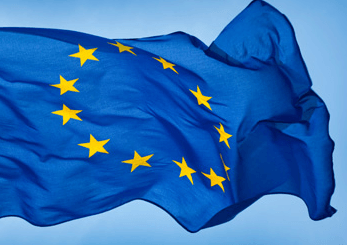

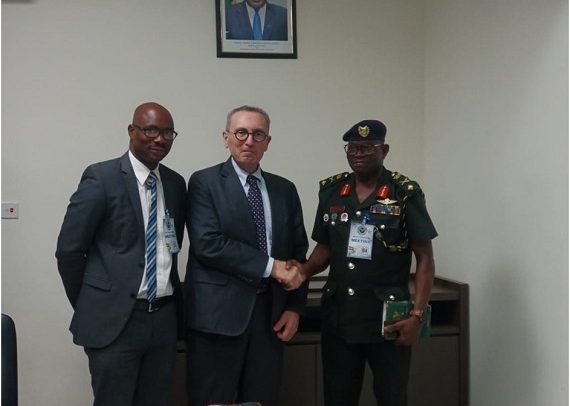
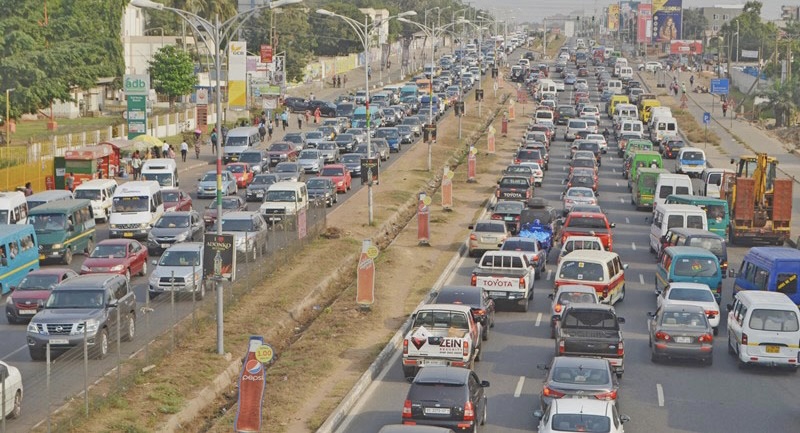




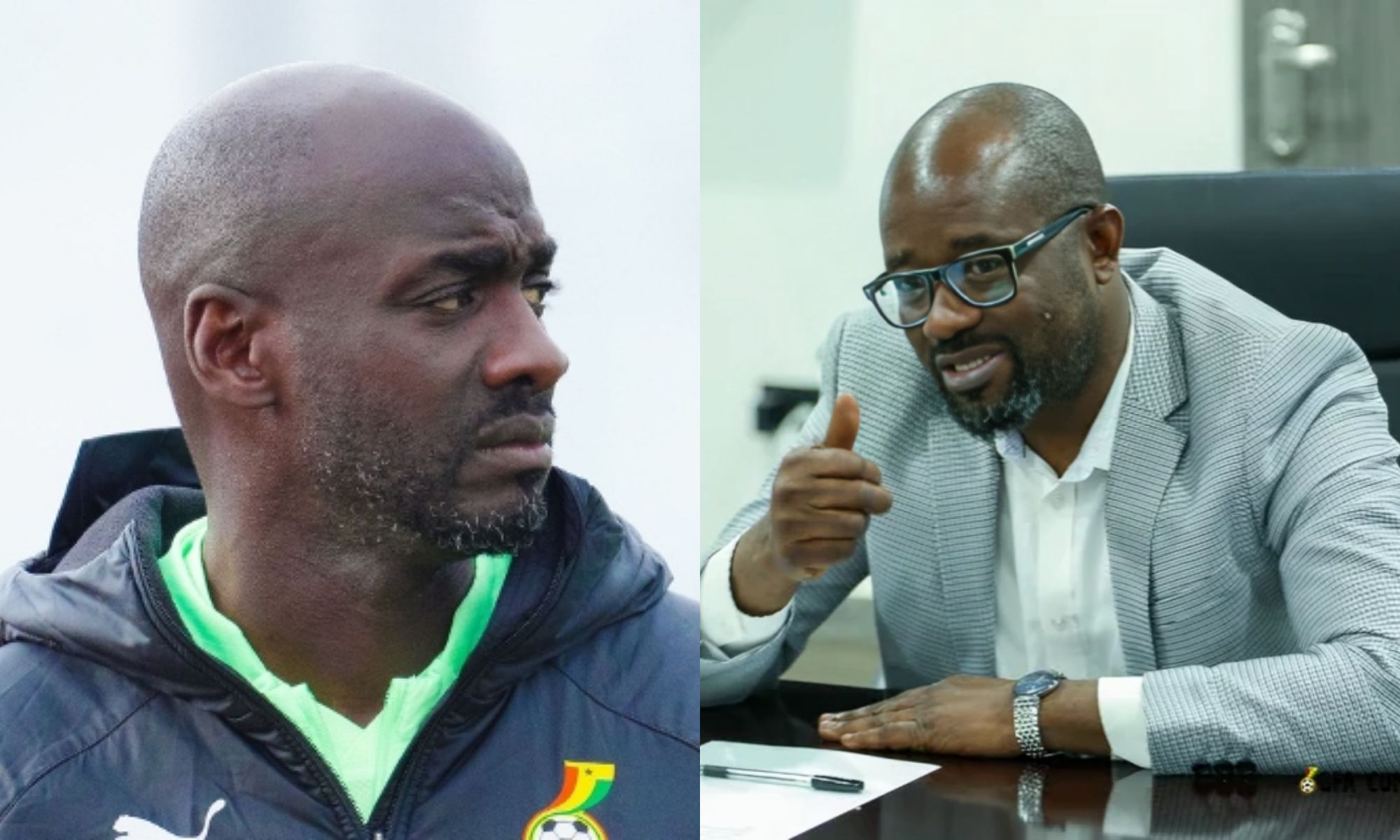

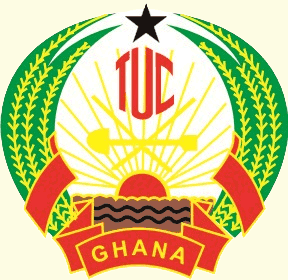

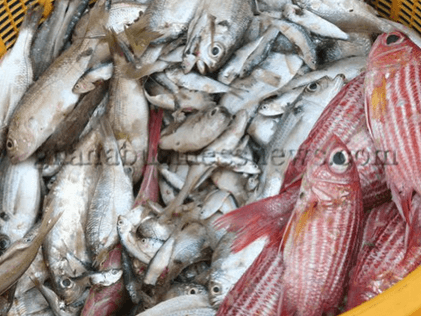
Facebook
Twitter
Pinterest
Instagram
Google+
YouTube
LinkedIn
RSS